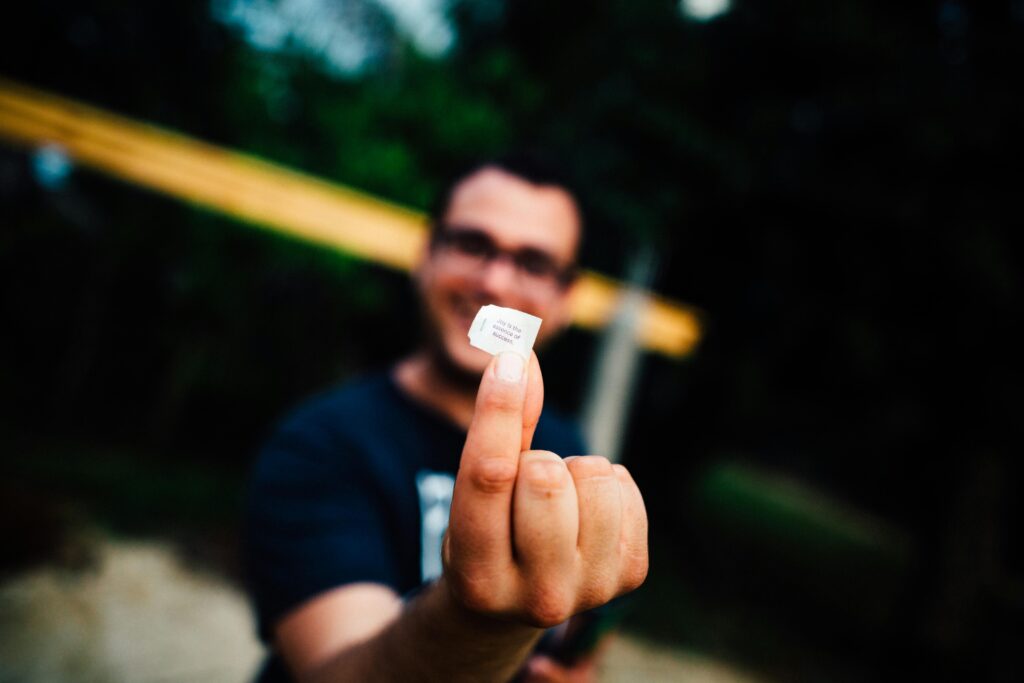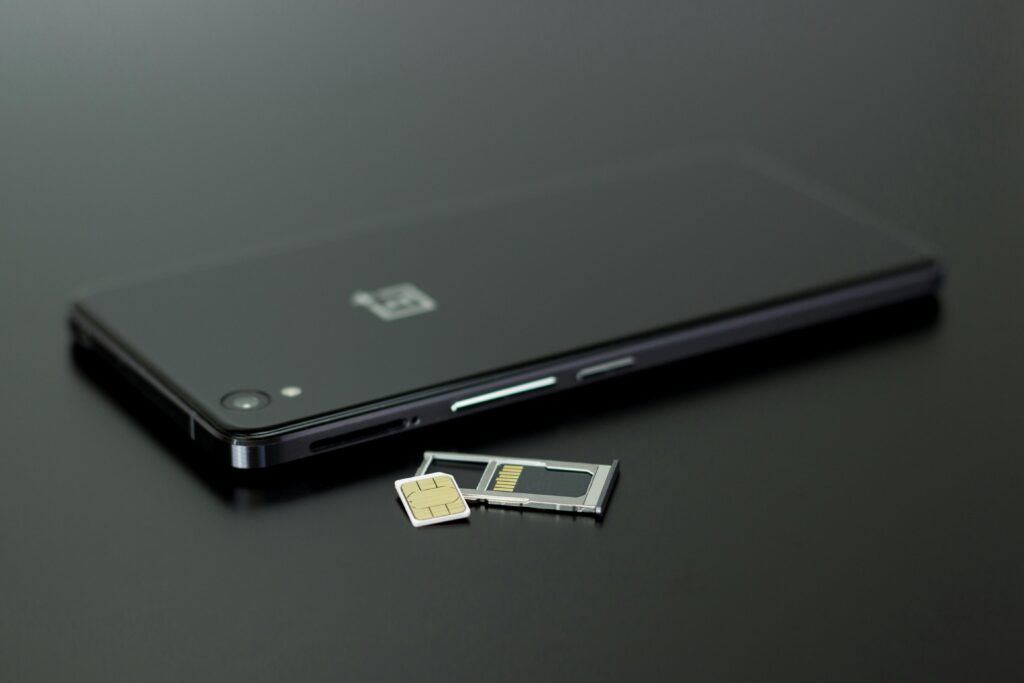A Young Namibian Man Invented a Sim less and Airtime Free Phone That Can Make Calls to Anywhere in the World

What if the next great leap in communication wasn’t born in Silicon Valley but in a dusty classroom with cracked windows, deep in rural Namibia?
What if it came not from a billion-dollar startup, but from the hands of a teenage boy armed with nothing but broken electronics, boundless curiosity, and a stubborn refusal to accept that “no signal” means “no hope”?
In a world where nearly 2.6 billion people still lack reliable mobile access, the idea of a phone that doesn’t need a SIM card, airtime, or even a cell tower feels like science fiction. But for Simon Petrus, it was a necessity. Living in a remote village where connectivity was a luxury and every call came with a cost, he asked a radical question: Why should communication depend on privilege?
With discarded TVs, old phones, and scrap metal, Simon built a device that redefined what a phone could be self-powered, SIM-free, and unshackled from the world’s telecom giants. But this isn’t just a story about a phone. It’s a story about vision in the face of invisibility, about brilliance blooming where no one thought to look.
Innovation Born of Necessity
In places where most people would see limitation, Simon Petrus saw possibility. His village in northern Namibia Oshitisha Haihonya is the kind of place that global tech giants rarely factor into their rollout plans. Network coverage is patchy, electricity unreliable, and for many families, the cost of airtime is a burden that competes with daily essentials. In these conditions, the basic act of making a phone call becomes a calculated choice, not a convenience.
Simon didn’t just notice the problem he felt it. He lived it. And instead of accepting it as a permanent condition, he asked the question that has fueled every great act of innovation: What if there’s a better way?
He was just 16 when he began working on the project. No lab. No funding. No formal training in telecommunications. Just a clear goal to create a way for his family and community to connect without relying on expensive mobile networks or SIM cards. It wasn’t about building the next sleek device; it was about solving a real problem with whatever he could find.
Nambian Innovator, Simon Petrus Builds Sim-Free Phone That Makes Calls Without Airtime or Network
— African Hub (@AfricanHub_) June 9, 2025
Simon Petrus, a Namibian innovator, developed Namibia’s first-ever locally made sim-less phone, which does not require airtime to make calls.
The invention, which took him two… pic.twitter.com/tCAExFJSzz
That’s where the ingenuity began. He didn’t wait for perfect tools he used what was available. Old televisions. Broken radios. Scrapped mobile phones. With patience and vision, he began constructing a device that could transmit voice signals over local radio frequencies essentially functioning like a two-way radio, but in the form of a phone.
But Simon didn’t stop there. He integrated features that reflected the everyday needs of rural life. A built-in LED light for homes without electricity. A small fan to cool down in the sweltering heat. A USB charging port to power other devices. Even a television tuner for access to news and education. And remarkably, the entire unit was powered by a custom radiator-based circuit making it self-sustaining in areas far from the power grid.
This was more than a gadget. It was a lifeline, built not from luxury, but from necessity.
Building the Impossible With Nothing but Scraps

In a world where invention is often imagined in glass towers and white labs, Simon Petrus built his future on a concrete floor, with tools that most people would throw away.
From the start, his materials were anything but ideal. He didn’t have access to microchips fresh from a factory or precision instruments laid out on an engineering workbench. What he had were piles of what others called “junk” the burnt-out guts of TVs, the twisted wires of broken phones, the forgotten fragments of landline handsets. But where others saw garbage, Simon saw gears turning.
For two years, he worked in near obscurity, treating the village scrapyard as a parts supplier. Piece by piece, component by component, he assembled something no one believed was possible: a self-powered, multifunctional phone that made calls without a SIM card, without airtime, and without relying on any mobile network infrastructure. The device ran on radio frequencies and functioned more like a modern walkie-talkie with the form and familiarity of a mobile phone. It transmitted voice signals independently off-grid, cost-free, and completely unconventional.

What’s even more remarkable is how his family stood behind him. Despite being unemployed, Simon’s parents believed in his vision so fiercely that they sold livestock to raise the roughly $147 needed for partsan amount that, for them, was a heavy sacrifice. That act wasn’t just a financial gesture. It was a vote of confidence. A declaration that their son’s dream, no matter how improbable, was worth betting everything on.
And their faith wasn’t misplaced. In 2016, Simon unveiled his device at a regional science fair, and jaws dropped. The prototype wasn’t a rough sketch or a theoretical concept it worked. It was real. It earned first prize and went on to make headlines. But what the judges didn’t see was the long journey of late nights, failed circuits, and the constant weight of doubt pressing on a young man who was building with scraps, fueled only by belief.
When asked whether anyone had helped him, his teacher Taimi Vatileni was quick to correct the assumptions. “He came up with his own project,” she said. There was no hidden engineer, no secret benefactor. Just Simon, his vision, and his hands.
His journey flips the script on who gets to be called a “genius.” It challenges the myth that world-changing ideas only emerge from well-funded labs or elite institutions. Simon proved that sometimes, the next breakthrough comes from someone soldering wires on a tin table in a quiet corner of the world.
The Recognition and the Roadblocks

When Simon Petrus stepped onto the stage at Namibia’s national science fair, holding a device made from scrap parts that could make calls without a SIM card, he was no longer just a village student he was a symbol of possibility. His invention stunned judges and captivated headlines. Media outlets praised him. Social media lit up with admiration. He had done something few thought possible, and he had done it from a place no one expected.
But what should have been the start of a thriving career became something far more sobering. Recognition came quickly. Support? Not so much.
Despite winning first place and capturing national attention, Simon’s invention never made it to market. His phone capable of offering free, off-grid communication to people across rural Africa still sits as a prototype. No major tech firm partnered with him. No government-backed innovation fund stepped in. There were no patent attorneys knocking on his door, no investor pitch sessions, no startup accelerators waiting to bring his product to life.
Instead, Simon found himself hitting a wall that many grassroots inventors face: the gap between celebration and sustained support. He struggled to continue his education due to financial constraints, and though he eventually earned a degree in electronics engineering from the Windhoek Vocational Training Centre, his reality after graduation was far from what you might expect of a national science fair winner. He remains unemployed repairing electronics and building custom gadgets for locals just to get by.
The barriers weren’t just economic they were systemic. When asked in a 2023 interview about institutional backing, Simon was clear: “I don’t believe governments support young innovators; they do so formally, but they don’t help us take our inventions to new heights.” It was a quiet indictment of a loud problem that innovation is often applauded publicly but abandoned privately.
This disconnect isn’t unique to Simon. Across the Global South, many inventors create powerful solutions out of necessity solutions with the potential to transform communities. But without legal protection, mentorship, financial investment, or access to development infrastructure, their work is left to fade after the applause dies down.
A Tool for the People, a Blueprint for the Future
Namibian Teen, Simon Petrus made a phone that doesn't use airtime in 2016.
— Zoom Afrika (@zoomafrika1) August 16, 2024
It works with radio frequencies and Calls are made without interruptions.
He made it from scraps of TV sets and phones. He started producing a wireless and simless phone in 2017. pic.twitter.com/5uLWT0OKvS
Simon Petrus didn’t set out to disrupt the global telecom industry. He didn’t have ambitions of launching a startup or chasing venture capital. His mission was far simpler, yet far more profound: to give his people a voice literally. In communities like his, where electricity is intermittent and network coverage fades with every step toward the bush, Simon’s phone was not a luxury gadget it was a lifeline.
At its core, his invention speaks to a truth often ignored by mainstream tech: most of the world doesn’t live in cities with fiber-optic cables and 5G towers. For billions, even basic connectivity is uncertain. And for those in rural Namibia, airtime is not just data it’s a decision between making a call or buying food.
That’s why Simon’s phone wasn’t just built to call it was built to serve. It had a TV tuner, because education and information are scarce but vital. It had a built-in light and fan, because his neighbors often sit in darkness and swelter in heat. It could charge other devices, because when the power goes out—and it often does people still need a way to connect.
This is innovation that listens before it speaks. It doesn’t assume ideal conditions. It works with what is, not just what could be. And in doing so, Simon created more than a device he laid out a blueprint for how technology should work: not top-down, but from the ground up. Built by those who understand the struggle, for those who live it every day.
This is where his work becomes bigger than Namibia. It becomes a model for what tech should strive to be in underserved regions worldwide accessible, relevant, and resilient. His design doesn’t require data plans, tower leases, or flashy software updates. It only requires need, and someone bold enough to answer it.
Don’t Let This Be Another Lost Invention
Simon Petrus didn’t just craft a device he crafted a mirror. One that reflects not only the ingenuity buried in overlooked places, but the gaps in our global system that let such brilliance go unsupported. His story isn’t just about technology it’s about us. What we choose to value. What we choose to invest in. And who we choose to believe in.
It’s easy to be amazed by his invention, to share the viral photo, to marvel at the fact that a young man in rural Namibia built a SIM-less phone from scraps. But admiration is not enough. If we stop at awe, we become part of the silence that follows so many stories like Simon’s.
So the question remains:
What if we stopped waiting for innovation to come from above and started supporting it from the ground up?

Simon’s journey is a call to action for policymakers, educators, investors, and ordinary people alike. It’s a reminder that potential exists everywhere, and that true change begins when we amplify voices like his not just in headlines, but in opportunity.
We can’t afford to let this be another tale of promise stalled by neglect. We need to create systems that don’t just notice brilliance but nurture it.
So let this story sit with you. Let it shift something in you. Let it challenge how you define progress, how you measure worth, and how you see those who build quietly in the shadows.
Because the future? It’s already being built. Not just in labs, but in villages. Not just by CEOs, but by students. Not just with funding but with fire.
Loading...

